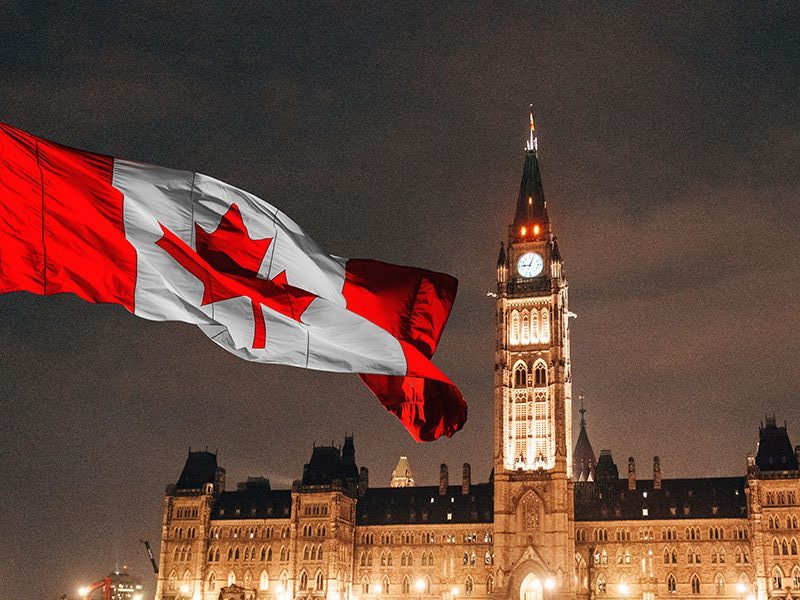
The Liberal government is moving to introduce a new minimum tax that goes further than the current regime to prevent wealthy Canadians from lowering their tax bills.
The federal budget released Thursday said 28% of tax filers with income above $400,000 — the top 0.5% of earners — paid an average federal income tax rate of 15% or less in 2019. More than one in 10 of those top earners paid less than 5%, according to 2019 tax returns.
“These Canadians make significant use of deductions and tax credits, and typically find ways to have large amounts of their income taxed at lower rates,” the budget document said.
The federal tax rate on income above $221,708, the top bracket in 2022, is 33%. Those earning less than $50,197 pay 15% personal income tax.
Canada has had an alternative minimum tax (AMT) since 1986, which limits the tax deduction available from certain incentives. However, the Liberals suggested the existing rules need updating.
Details on a new approach “that will go further towards ensuring that all wealthy Canadians pay their fair share of tax” won’t come until the fall economic and fiscal update.
A 15% minimum tax was part of the Liberals’ 2021 election platform, which stated the measure would raise $1.7 billion over five years. The budget did not include a revenue estimate for the measure.
Keith MacIntyre, tax partner with Grant Thornton LLP in Halifax, said the new minimum tax would likely bump the tax rate for those using certain types of deductions.
The AMT is “an inherently complex tax calculation and it can catch eligible dividends and other factors,” he said, such as capital gains from the sale of a small business.
A business owner who sells her qualified corporation and retires — and therefore has no income for the year — could be subject to the minimum tax, he said. Under the current rules, the business owner has seven years to recover the amount based on income taxes over those years.
“I’ll be curious to see how this one is and whether they will continue to allow the seven-year recovery period to apply,” MacIntyre said.